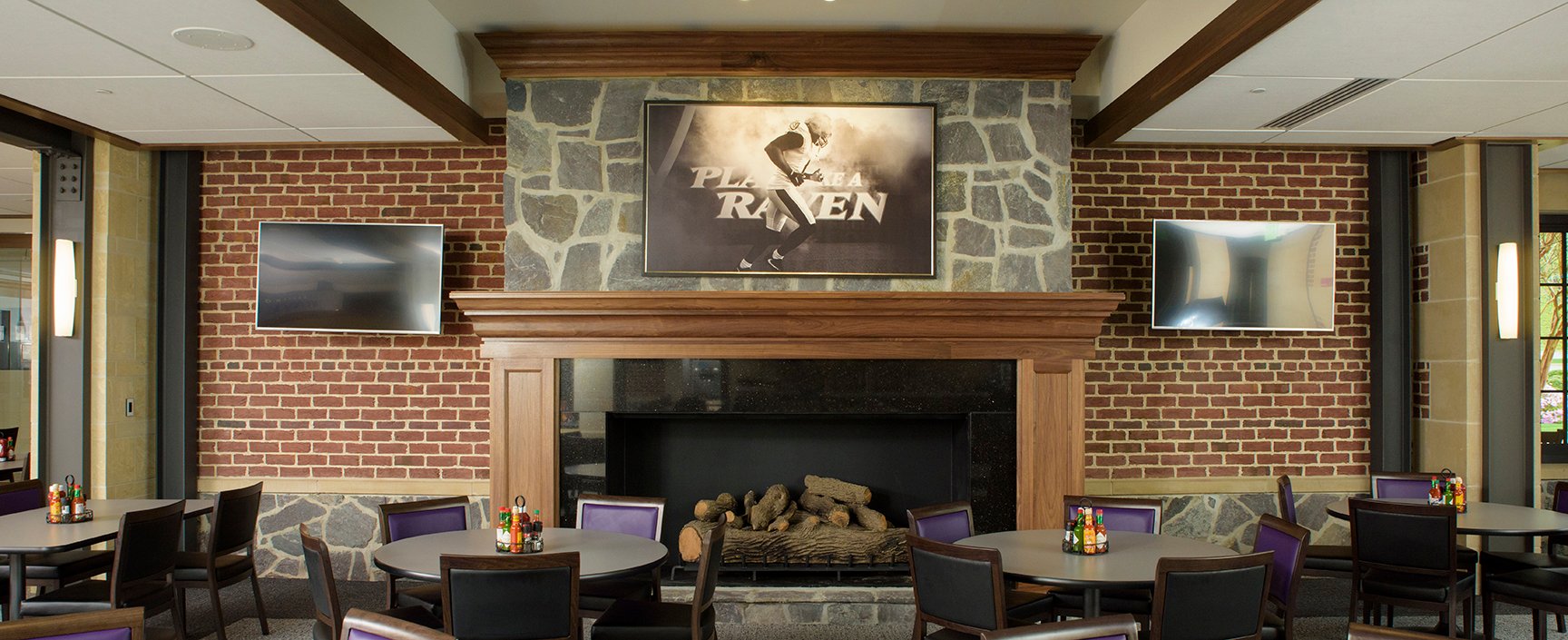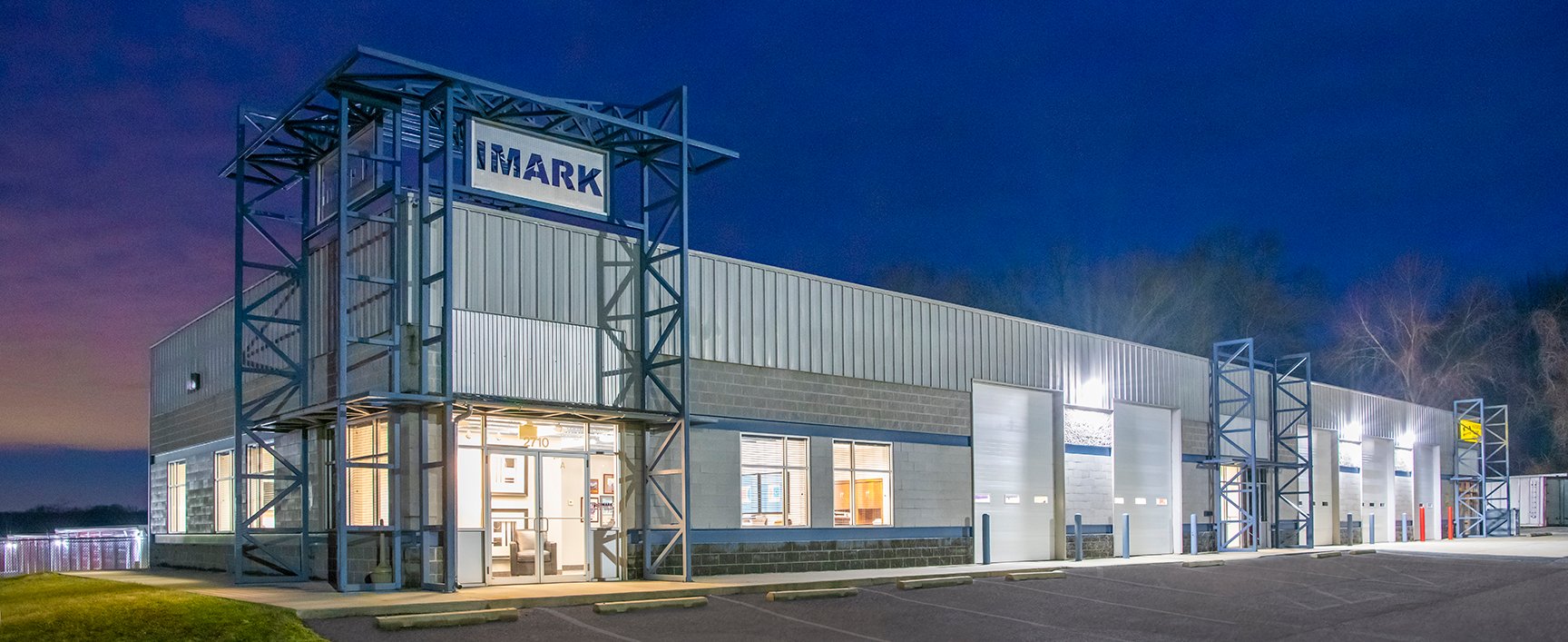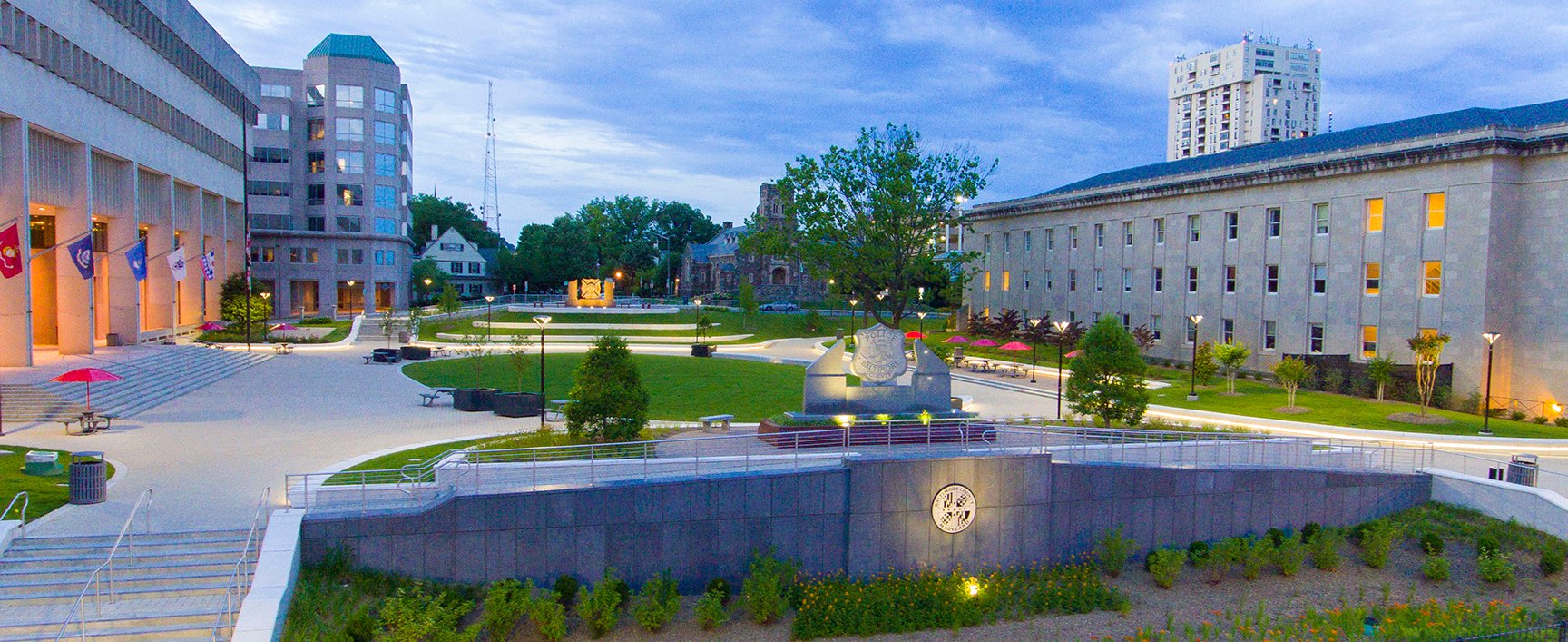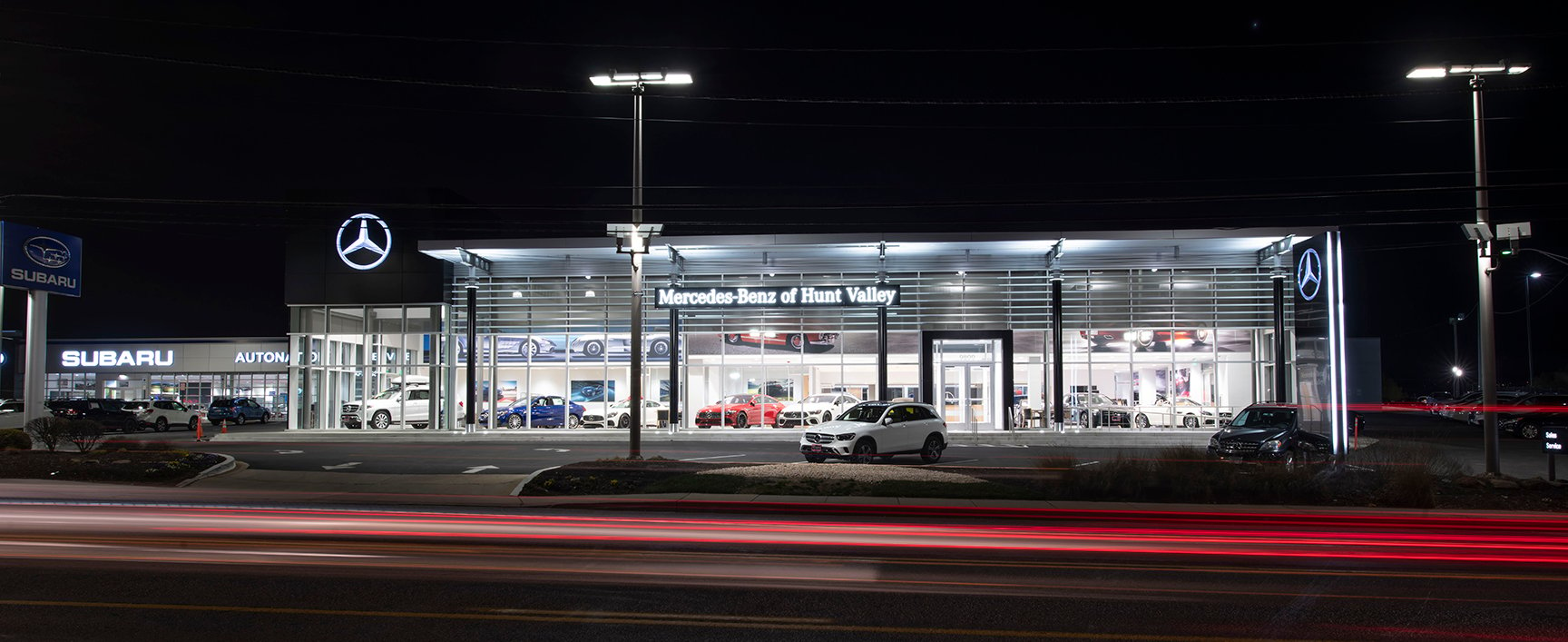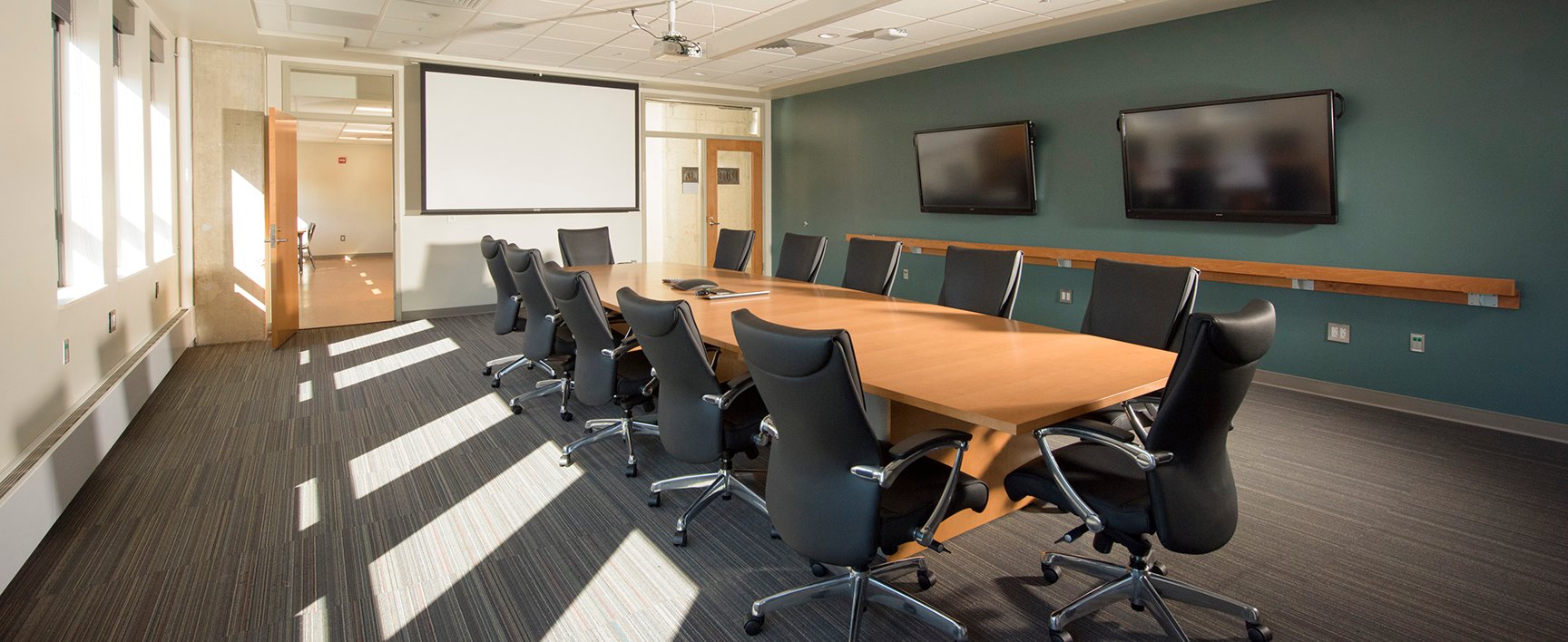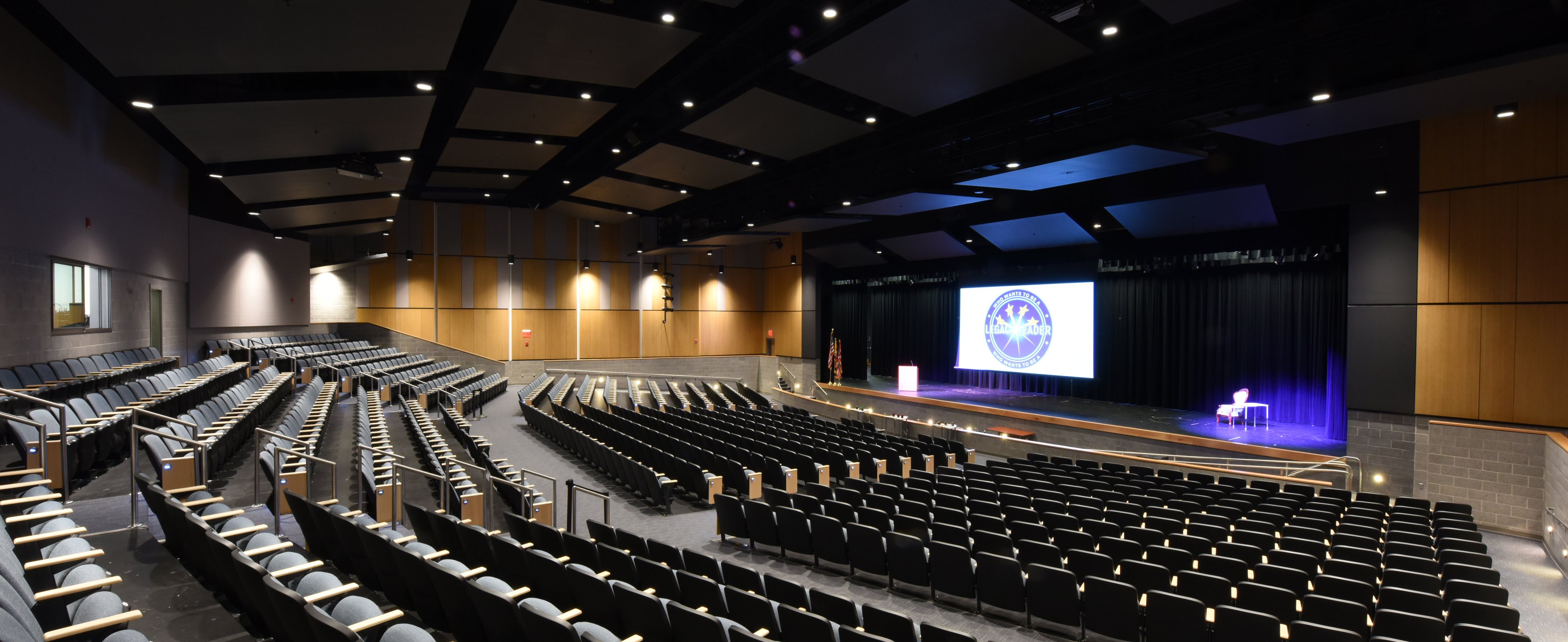A MARKETER'S GUIDE TO CONSTRUCTION PHOTOGRAPHY
I. Construction Photography Philosophy
Reputation, quality, expertise: these are characteristics that people look for in an accomplished construction company. Decision makers want a construction company with a reputation for quality craftsmanship and can demonstrate expertise in their field. Price may be a factor during the bid, but no one wants their project to look like “the cheapest guy in town” did their construction.
One of the easiest and fastest ways to demonstrate your expertise and the quality of your work is through your photography. Let the numbers speak for themselves.
Serious construction companies know that effective photography can not only help them win bids, but it can help foster relationships between their company and the decision makers. Compelling construction photography is more than capturing a photo of a job site or finished building. It’s about telling the project’s story. If you’re snapping photos with a cell phone, what story are you telling?
Think about the photography you currently have in your portfolio. Does it reflect the type of company you want to present to future clients? Does it accurately tell the story of the projects you helped create? Are you proud of what you have to show? If the answer is “no” or “it could be better,” then it may be time to consider changing your construction photography philosophy.
II. Types of Construction Photography
One of the keys to interesting construction photography is planning. You and your photographer need to know what is happening on-site that is photo-worthy, and that is a task that should not be left to chance. The first step to capturing those one-of-a-kind photos is understanding the different phases of construction photography.
Pre-Construction Photography

These photos are gritty and well composed. They’re usually shot “as is” using available light or minimal supplemental lighting and are not edited in post-production. Most companies use these photos for documentation purposes to capture what the site looked like before the project began. These images have value for insurance purposes. They help protect the company from any unforeseen issues or accidents that may happen during construction. Certain jurisdictions require companies to hire professionals to take these photos to add an extra level of protection between their company and the client/site. A third party professional photographer as opposed to an employee of your company provides an independent, objective record.
Progress Photography

These are the images taken at various stages of the project. Progress photos can be used for both documentation and marketing purposes. They can be shot with or without people on the site. Documentation photos are typically captured using minimal to zero supplemental lighting and without post-production editing, while marketing photos may require supplemental lighting and slight staging to highlight a person or action in progress. Most companies, especially those working on federal projects, are required to hire a third party professional photographer to photograph these images for an independent, objective record. They have specific requirements for dates, file parameters, captions, and delivery.
Final Photography
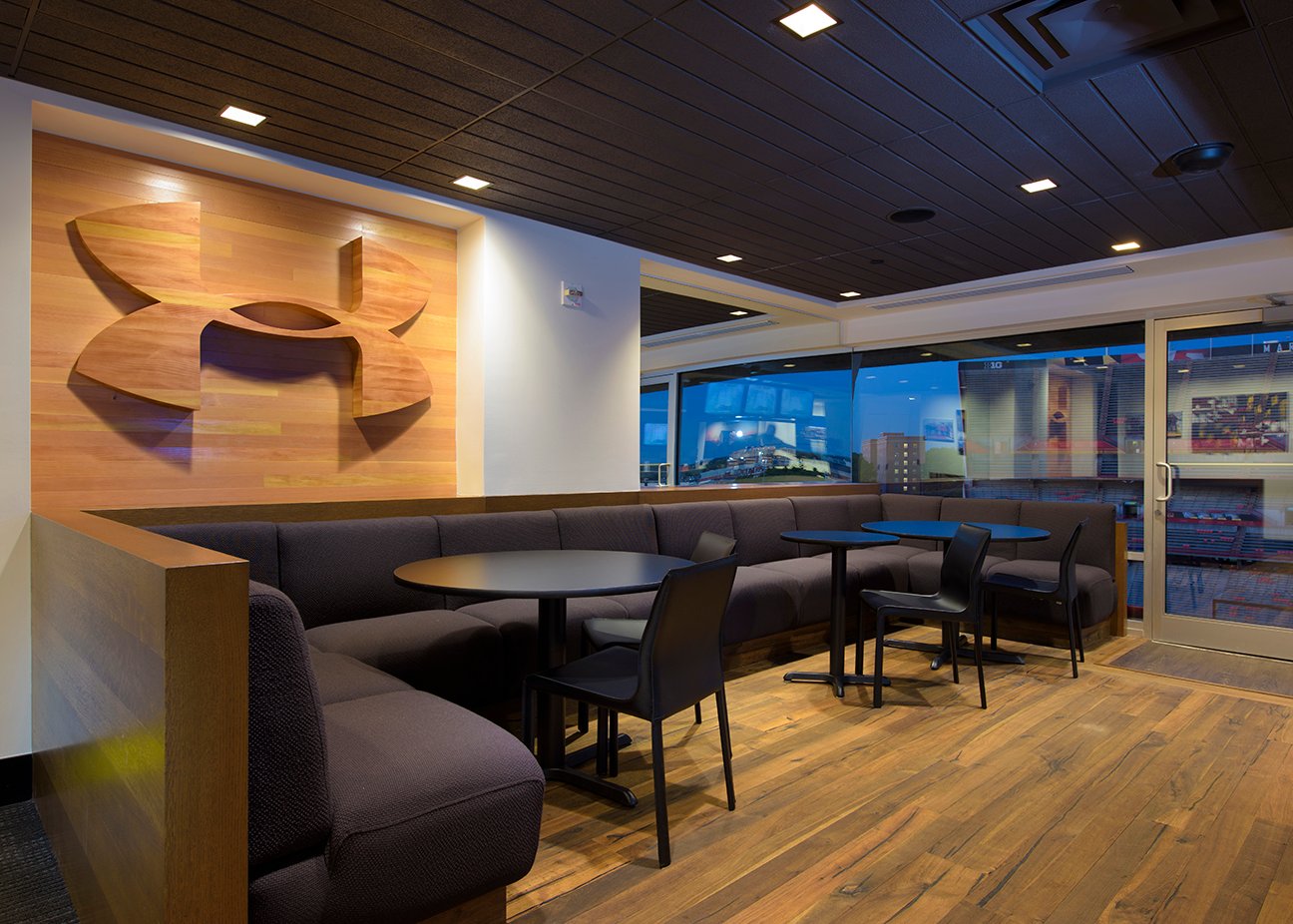
These are the glamour shots. Along with the concluding documentation, these shoots showcase the final product in all its glory. Final photography photo shoots may require interior, exterior, overviews, detail, and aerial or drone photos. The photos may be used for documentation purposes, marketing photos, awards, office art, publication, and more. In order to capture each compelling aspect, these photo shoots almost always require supplemental lighting and post-production. Most construction companies do not want people in the photos, but some companies prefer to have people or motion blurred people interacting with the environment.
Drone and Aerial Photography
.jpg?width=1296&name=web%20North%20Point%20Dundalk%20ES%20Nov%209th%202019DJI_0393%20Coyle%20Studios%20Aerials%20(1).jpg)
Drones have “the cool factor” going for it, and knowing when to use this tool as both a licensed pilot and photographer is key to delivering the right type of photography for a project. There are major factors that will determine whether someone uses a drone or engages aerial photography.
-
-
- Height: Drones generally have a max flight height of 400 ft. (Unless you’re next to a tall building or tower. You can fly 400 ft. above that building or tower, but you run the risk of flying into a helicopter). Helicopters have a flight minimum of around 500 ft (sometimes lower), and planes generally have a flight minimum of 1000 ft. If your project is larger, you may require a helicopter or plane to capture it adequately.
- Subject matter: Height can quickly determine whether a photographer can use a drone vs. a helicopter or plane. The subject matter and the photo goal impact the decision. A drone is advantageous for convenience, but it is also great at capturing low altitude photography (5 ft to 100 ft) and images that are shot across the face of the building. Planes and helicopters show large, expansive views of a territory including roads, traffic patterns, cities, etc. Planes allow for realistic perspectives of a building. Drones have a wide angle lens that can exaggerate the size of buildings in the foreground. Planes give the photographer enough distance with the right lens to photograph the building with an accurate representation of how a building is sized compared to its surroundings.
-
It’s important to understand the air restrictions and regulations for a location. Using a licensed, professional photographer will ensure that you get the proper drone or aerial photos you need safely and without incident, including financial penalty from the FAA.
Virtual 360/3D Tours
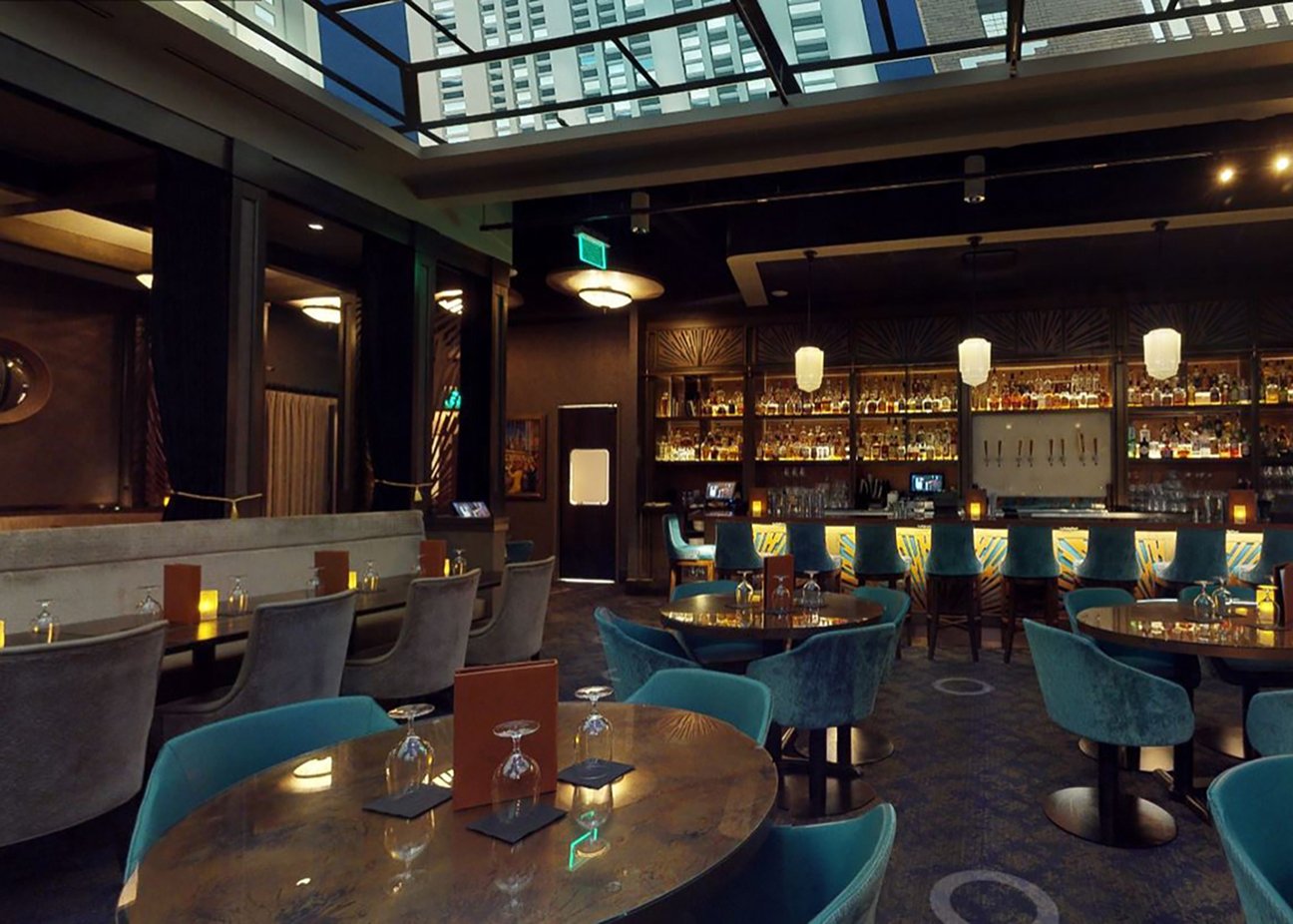
Construction companies may need a 360/3D tour of a site to make walkthroughs accessible for their team and client. A tour can be created at any stage in their project for documentation, marketing purposes, or other photography needs. These sophisticated camera platforms allow a photographer to measure areas, tag objects with information, and more. Viewers can experience it from their home or office. This 360/3D technology is shot without supplemental lighting or people. The sites need to be staged and camera ready prior to the shoot.
Marketing Photos
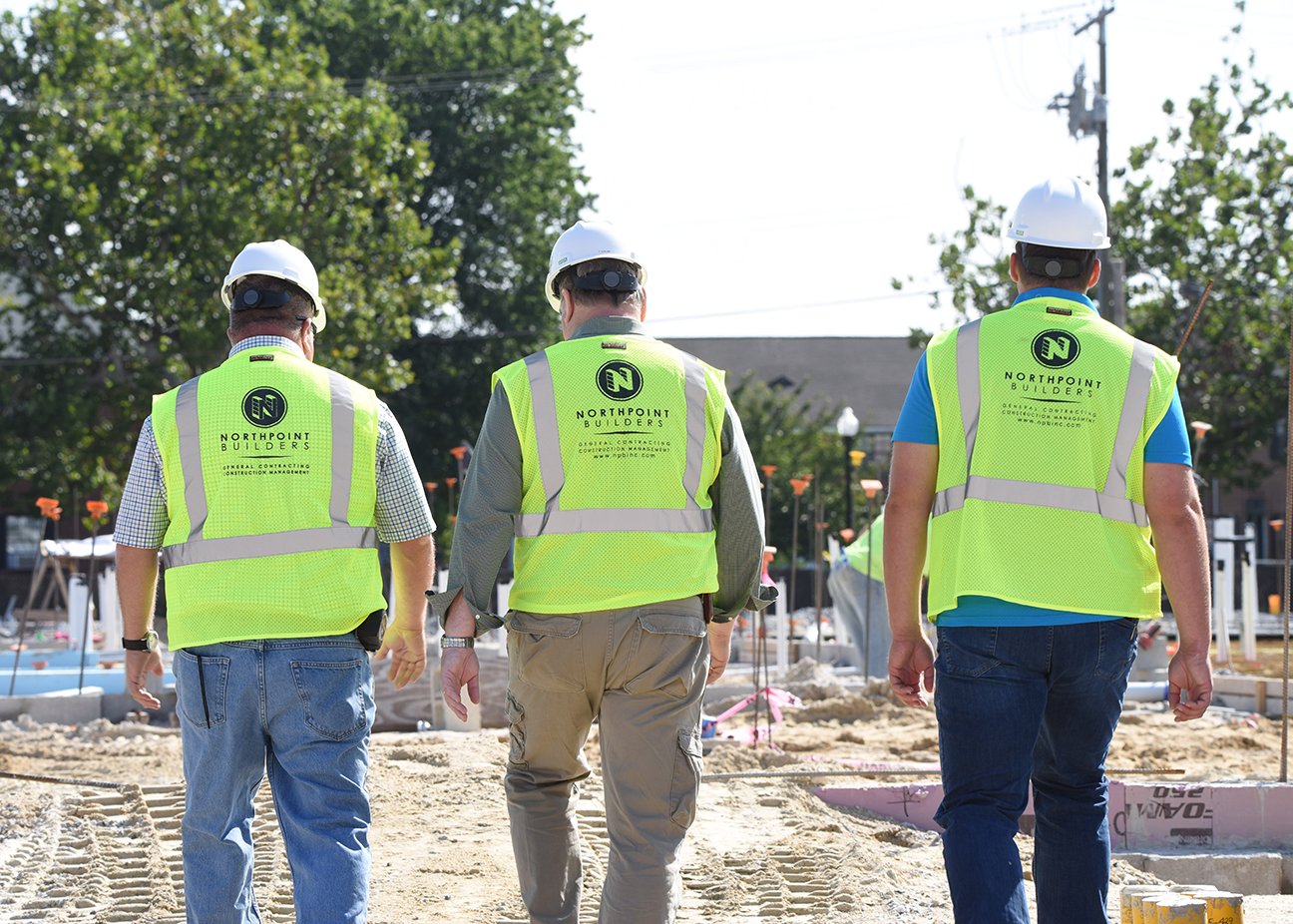
These are branded photos a company needs on or off-site. Your marketing team may want portraits, team photos, in-action marketing photos of an employee or equipment, and more to round out your website, social media, and other marketing materials.
Once you understand the different types of construction photography, you can evaluate your needs and start making goals.
III. What is Your Photo Goal?
Photography isn’t always about getting beautiful photos of a subject. It’s also about telling a story. A great photographer will look at space and say, “What are we trying to highlight? What do we need to show?” They want to know what makes the space unique so they can convey that aspect to the viewer and communicate a story.
While the subject of the photo is essential, it is just as important to know how a photo is going to be used. If the photographer knows how a photo will be used, they will be able to successfully compose the photo. Websites tend to favor horizontal images, and the current trend is to put long, thin banners at the top of web pages. Publications need vertical images, and graphic designers prefer having plenty of space on a side for text. With a plan in place, a photographer will be able to capture exactly what you need for both you and your marketing team.
Here are a few photo goals to help you plan your usage and get the most bang for your photography budget:
- Marketing Materials: Marketing materials vary from company to company. Photos can be used for websites, digital and print portfolios, trade shows, brochures, social media, and more. The photos in this category can be created for specific purposes or for general and evergreen materials.
- Employee Recruitment: According to a survey by the Associated General Contractors of America (AGC) and Autodesk, 80% of construction firms reported having a hard time filling salaried and hourly positions. Benefits and training can help a company with recruitment, but compelling photography and messaging will attract a prospective employee’s eye and quickly convey your corporate culture.
- Awards Submissions: Photos deliver impact. They are an important part of the award entry process. Winning an award helps build credibility and gain notoriety, and entering for an award should be a part of your marketing strategy. Dynamic, beautiful images of your projects can illustrate the finer points in your awards entry and provide content for your post-win PR and marketing campaigns.
- Office Art: The art in your office should tell your story. Whether you want to tell your corporate history, display your best projects, highlight special equipment, or more, construction companies have an advantage in creating original artwork than most businesses. Their photos are bold and interesting, and they almost always spark conversation — exactly what you want from your office art.
Setting photo goals will help you organize your current photos and strategize for future photo shoots. Having a goal in mind will help direct your photographer and ensure that you get exactly what you need from each project.
IV. What to Know About Professional Photographers
Understanding the types of construction photography and having goals is important to having a great photo shoot experience. If you’ve never worked with a professional photographer before, there are three main things you should know:
Usage
Your photographer retains copyright. Usage varies for each professional photographer, but they always retain copyright. This means that you cannot share images with architects, clients, subcontractors, etc. without obtaining a usage agreement. The photographer can grant usage to your partners, but they may have to pay a usage fee.
There are industry friendly photographers that will work with multiple parties to photograph a project. If you choose to take advantage of this (which we sometimes encourage clients to do), understand that this can impact your shot list. Your photographer will be shooting for two or more parties with different wants and needs. It may take longer to capture everything on each shot list.
Lighting Matters
There are photographers that claim that “natural light” is the only light a photographer needs. While there are times when natural light works well, most photographers use supplemental lighting to capture interior architecture photography. Using additional lights helps the photographer effectively showcase a space by creating layers of light, shadows that contour, and more. Some spaces only need one or two lights, but others may need eight or more. It takes time to properly compose a shot with lighting, so be patient. It’s worth the wait. Although photo editing is great, it can never mimic “real” lighting.
Exterior photography also requires special lighting consideration. Working with natural outdoor lighting means working with the sun. In order to create the best shot of a building, your photographer may photograph a building in lowlight to capture soft shadows and create a balance between interior ambient lighting and exterior available lighting. Depending on how the building is positioned, this may mean photographing at sunrise or sunset. There are buildings that can handle being photographed at midday, but most buildings will have a high contrast between deep, dark shadows and bright highlights from the sun.
Communicate
A great photographer relies on communication and collaboration with their clients. They are not there to run the show or tell you what you need. Your photographer is there to help you meet your goals. You can communicate with your photographer by:
-
- Scheduling a walkthrough of the site to review angles and discuss details.
- Make sure they know how you intend to use the photos.
- Ask questions and brainstorm ideas. Collaboration is key.
- Let them know about time constraints or location restrictions prior to the shoot. For example, some public buildings and private companies prohibit the photographing of certain areas due to security risks. It’s easier to avoid photographing an area than it is to remove or crop something out after the photo shoot.
Working with a pro is easy. A seasoned photographer has seen everything — from power outages to locations being destroyed in the middle of construction to management companies trying to shut down a photo shoot without proof of insurance and more. The solution is to find a photographer that you click with and can help you bring your vision to life.
V. How to Prep for Your Photo Shoot
The first step to planning a photo shoot is to revisit your goals. Evaluate what you already have. You know you want to add a project to your portfolio, so what is missing? What makes it special?
If you haven’t already done so, create an internal photo library. While sorting, identify what you like and do not like from previous shoots. This will be helpful when you’re communicating with your photographer. Look at any gaps you have in your photo library and think about how you can incorporate those missing photos in your upcoming photo shoots.
Shot List
The next step is to look at your current and future construction projects. Do any of these projects fit into your photography goals? If so, work with your photographer to schedule a photo shoot and create a shot list. A shot list should include:
- “Needs:” These are the photos you must have to achieve your goal. This could be a drone photo of a school, an overview of a lobby, or a detail shot of flooring. Whatever you need to get out of your photo shoot should be prioritized by your team and your photographer.
- “Wants:” These are the photos that would take your marketing, portfolios, etc. to the next level. Sample “wants” photos may consist of creative shots, photos of your team in action, and more.
- “Nice to Have:” This could be anything, and you would only get them if your photographer had enough time at the end of the shoot to grab it. Think of the shots you really wanted, but never had the time.
Your shot list should be realistic. Think quality over quantity. If you hire a photographer for a half day of photography, make sure you take the setup and breakdown of each shot into account. A lobby could take 30 minutes to photograph, whereas a hallway could take 10 minutes. If you aren’t sure if your shot list is realistic, then talk to your photographer. They will be more than happy to review your shot list and work with you.
Project Management
Make sure that you designate a project manager. Having one point person ensures that there aren’t too many cooks in the kitchen slowing down the photography process. If the project manager cannot be there the day of the shoot, make sure you have one point person that can walk the site with your photographer and provide assistance where necessary (i.e. unlocking doors, turning on interior lights for low light exteriors shots, etc.).
If you are working with a professional for the first time, it may be helpful to attend the first photo shoot to approve final shots. It isn’t necessary to be there the entire time, but you may find it beneficial to see the photo shoot as it unfolds so you can understand the photographer’s process, see any challenges as they unfold, and give feedback in real time. A pro will appreciate your collaboration on-site.
VI. How to Select Photos for Your Portfolio
Once your photo shoot is complete, you’ll need to select the photos you want finalized for use. If you were on the shoot with your photographer, then you’ll have an easier time making your selections. Chances are your photographer worked with you to get the image you wanted, and you’ll know right away which one you want. However, if you weren’t on the shoot or have difficulty choosing the photo, here are a few ways to make your selection:
- Ask for a Best Selection. There are people who say, “Give me everything” after a photo shoot. When they receive “everything,” they may not know what to do. Asking for a best selection will help narrow down the proofs. Your photographer already knows what photos make the space look beautiful, and they want to make your life easier. If you still want access to the entire shoot, you can ask for two proof galleries — one for best selections and one for everything.
- Look at the Lighting & Composition. Architecture photographers usually capture a space a few different ways with subtle lighting differences. Going back and forth between the photos allows you to see those subtle changes. They also change composition to capture different elements of the space. Choose the lighting and composition that shows off the space the way you want to use it.
- Crop. If you like a photo, but it has too much ceiling or floor for your taste, crop it. If you don’t like the cabinet on the right of the photo, crop it. Understand photographers often compose the shots with extra space to allow for cropping or for graphic designers to drop in text. A photo will be composed for perspective, knowing it will be cropped in some way.
- Be Realistic with Retouching. Photo editing sometimes feels like waving a magic wand. However, there are aspects of a photo that cannot be removed or altered. Signs and wires can be removed fairly easily. Pavement can be cleaned up. Shadows can be minimized, and skies and grass can be enhanced. Remember that you want to tell the true story of the space. If a photo is altered too much, your viewer will be able to spot it. Over edited images tend to reflect more on the editing and less on the subject matter, losing their impact. Be critical — just like your audience.
- Keep Your Proofs. The list of photos you select as final images from a shoot doesn’t have to be the photos you use forever. Keep your proofs, and revisit them at a later date. If you find additional photos that you want edited and finalized, ask your photographer what the additional editing will cost. You may fulfill a photo goal by simply reviewing your proofs.
VII. How to Use Your Images

Not sure how to use your photos? Here are a few ideas:
Marketing
Marketing materials deliver impact with fantastic photos, and you’ll have tons of them after your photo shoot. Use them for:
- Website
- Portfolio (online or print)
- Social Media
- Media Pitches
- Brochures
- Trade Shows
- General Brand Awareness
Sales
Photos tell your story during the sales process. Look books and tear sheets containing your images are important tools to use during sales meetings and help foster communication. Without words, they convey longevity in the marketplace, credibility, and your book of clients. You can take it further and frame photos or create a collage to give as a post-sale thank you gift (provided you have permission from your photographer, of course).
Employee Recruitment
Create a recruitment landing page and promote the benefits of working at your company. Work with a graphic designer and create recruitment materials to send to local trade schools and job fairs. Promote those same items or variations of it on social media. Use the branded images you have to drive employee engagement and support your recruitment efforts.
Office Art
You can drive home your messaging by creating fantastic art with your images. Photos of job sites, finished projects, employees working, and more can serve as compelling, impactful art that quickly tells your story and shares your corporate culture. Working with a professional to layout the walls of your lobby, board room, and offices will create a curated and sharp presentation. You can display art through:
- Custom Framing
- Printing on metal, wood, acrylic, or bamboo
- And more
Awards Submissions
The goal here is simple: gain recognition and credibility through winning an award. You can show off the quality of your work, demonstrate your expertise, and celebrate with your team and clients. If you’ve won an award, write about your win and pitch it to the media. Promote your win on your website and social media. Everyone loves working with a winner and being a part of the team and project.
Construction photography is some of the coolest photography out there. Everyone loves a good before and after (just take a look around Netflix if you don’t think that’s true), and construction photography documents stunning transformations. Whether you’re working on new construction, additions, renovations, or something else, your work deserves to be seen and admired. If your photography doesn’t make you say, “Whoa, we made something special,” then it may be time to rethink your construction photography philosophy.

